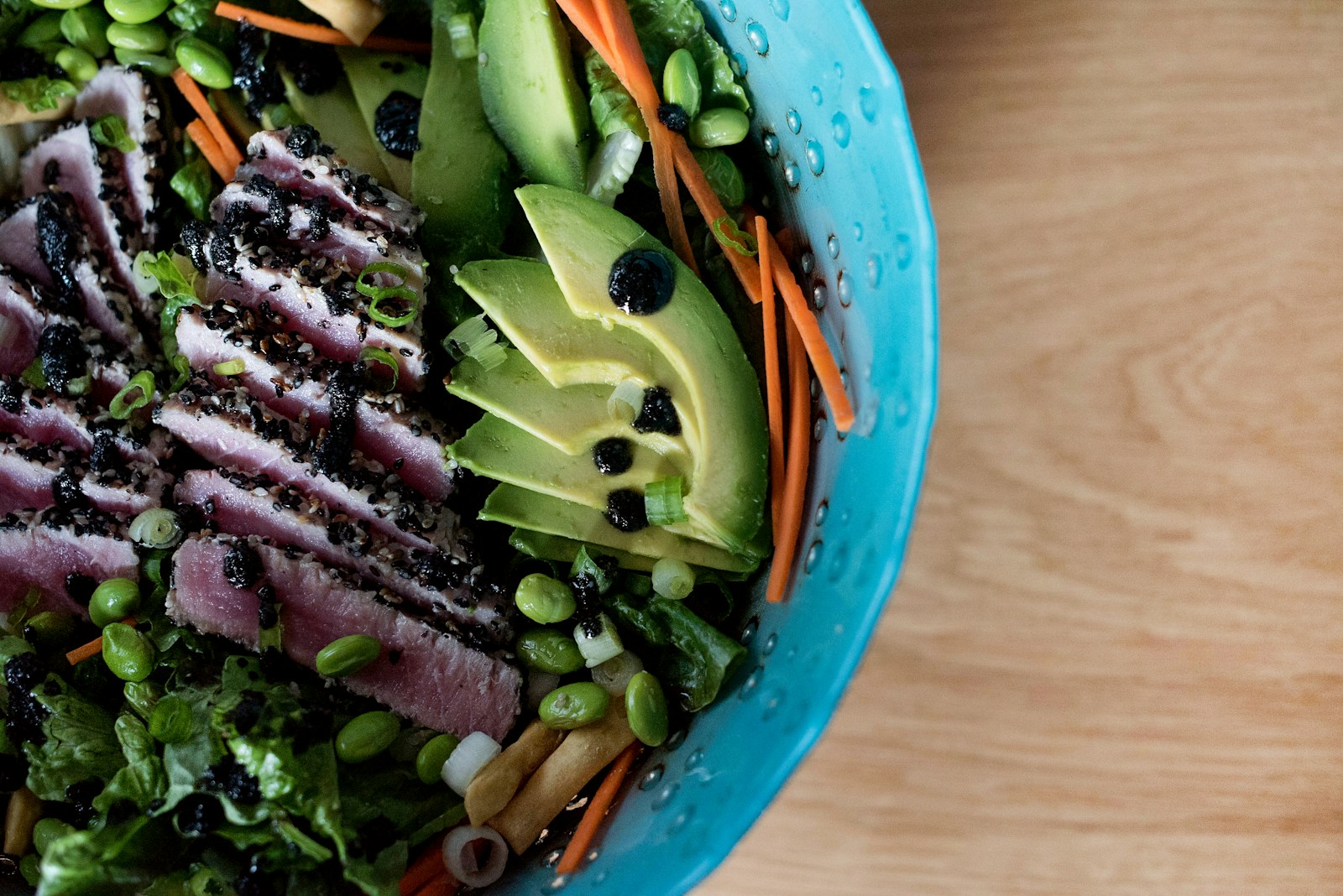Embarking on a keto diet journey can be a transformative move towards better health and weight management. The ketogenic, or keto, diet emphasizes the consumption of high-fat, moderate-protein, and low-carbohydrate foods to push the body into a state of ketosis, where it burns fat for fuel instead of glucose from carbohydrates. As you set out to follow this dietary path, having a well-stocked pantry is crucial. In this article, we’ll explore the essentials of a Keto Grocery List, how it works, the must-have foods to include, tips for choosing keto-friendly items, and our concluding thoughts on maintaining a keto-friendly pantry.
What is the Keto Grocery List?
The Keto Grocery List is a curated selection of foods that align with the macronutrient ratios essential for the ketogenic diet. This list typically includes items rich in healthy fats, moderate in protein, and low in net carbohydrates (total carbs minus fiber). It’s designed to help followers of the keto diet easily identify and purchase the right foods that will support their dietary goals.
How the Keto Grocery List Works
The Keto Grocery List functions as a guide to navigate the overwhelming array of food choices available in stores. By focusing on the right mix of keto-friendly foods, dieters can ensure that they’re staying within their daily carb limit, typically between 20-50 grams, depending on individual needs. This list helps in meal planning, reducing the temptation of off-diet choices, and maintaining nutritional balance.
Food Must-Have in the Keto Grocery List
When preparing your Keto Grocery List, consider including the following must-have foods:
- Healthy Fats:
- Avocado and avocado oil
- Coconut oil and MCT oil
- Olive oil
- Grass-fed butter or ghee
- Nuts and seeds (almonds, macadamia, chia seeds, flaxseeds)
- Full-fat dairy products (cheese, heavy cream)
- Protein Sources:
- Grass-fed meat (beef, lamb)
- Poultry (chicken, turkey)
- Fatty fish (salmon, mackerel, sardines)
- Eggs
- Plant-based proteins (tofu, tempeh)
- Low-Carb Vegetables:
- Leafy greens (spinach, kale, arugula)
- Cruciferous vegetables (broccoli, cauliflower, Brussels sprouts)
- Zucchini
- Bell peppers
- Asparagus
- Fruits (in moderation):
- Berries (strawberries, raspberries, blueberries)
- Avocado (yes, it’s a fruit!)
- Pantry Staples:
- Almond flour and coconut flour
- Low-carb sweeteners (erythritol, stevia, monk fruit)
- Canned goods (tuna, salmon, sardines)
- Bone broth
- Unsweetened almond or coconut milk
- Condiments and Spices:
- Sea salt, pepper, and other herbs and spices
- Mayonnaise (preferably made with avocado oil)
- Mustard
- Sugar-free hot sauces and dressings
Keto Grocery List Food Tips
When shopping for keto foods, here are some quick tips to keep in mind:
- Always read labels to check for hidden carbs and sugars.
- Opt for grass-fed and organic meat and dairy products when possible.
- Focus on whole, unprocessed foods for the majority of your diet.
- Be cautious with fruits, as they can be high in carbs; stick to small portions of low-glycemic berries.
- Meal plan and prep to avoid the temptation of non-keto-friendly snacks.
Keto Grocery List Conclusions
A well-planned Keto Grocery List is the cornerstone of a successful ketogenic diet. It ensures that you have the necessary foods on hand to stay in ketosis, nourish your body, and achieve your health and wellness goals. With the right must-have foods in your pantry and smart shopping strategies, following the keto diet can become a manageable and enjoyable lifestyle. Keep experimenting with keto recipes and discovering new keto-friendly foods to keep your meals exciting and diverse. Happy keto-ing!
By sticking to this guide and constantly educating yourself on the best keto practices, your pantry will become the perfect ally in your journey to better health and nutrition.







